Table of Contents
Motivation and its Types:
No area of personnel administration has been more debated than the one relating to human motivation. The progress registered in the direction of accumulating scientific knowledge of human behavior has always given encouragement to a discussion of the nature and role of human motivation in administration. Furthermore, the progress of the behavioral approach also contributed a lot toward a better understanding of human behavior in administration. Personnel administration began approaching the problem of increasing efficiency as a human issue rather than as an organizational issue or as a mechanical problem. The human factor- the feelings and behavior of the employees- started receiving good attention in the sphere of every personnel administration system. It came to be recognized that what an individual believes about himself always has a great effect on how he behaves. For understanding individual behavior in administration, it is, therefore, essential to know what he thinks, what values he holds, what his goals are, what abilities he has, and what motivates him to act. As such, a study of the factors influencing human motivation is of great importance as it constitutes the basis for undertaking the function of administrative planning and organization.
Meaning and Definition of Motivation:
The term “Motivation” is derived from the Latin word “emovere” which means to move. Thus, motivation is something that moves a person into action and inspires him to continue in the course of action already initiated. Motivation refers to the complex psychological force which inspires a person to act and to continue to act till the desired goal is achieved.
The following are some of the popular definitions of Motivation:
- According to Dale and Beach, “Motivation is a willingness to expend to achieve a goal or reward.”
- Stanly Vance says, “Motivation implies any motion of desire which so conditions one’s will that the individual is propelled into action.”
- Shartle defines motivation as a “reported urge or tension to move in a given direction or to achieve certain goals.”
From the above definitions, we can conclude that motivation is the art of stimulating people to take a desired course of action. It involves arousing needs and desires by impelling individuals towards purposive behavior. It reflects an urge to move in an expected manner to achieve a specified goal. Moreover, motivation is influenced by a number of factors both internal and external to an organization. Motivation in public administration aims at the identification of personal goals with institutional goals.
Types of Motivation:
There are basically two types of Motivation- Negative Motivation and Positive Motivation.
Negative Motivation- It is also called a traditional form of motivation. It lays more emphasis on authority or forcing people to work by threatening them. According to this approach, man is inherently lazy and pleasure-seeking. He always despises work. To prevent him from doing so, there must be close supervision of his behavior. The negative approach to motivation further assumes that an employee’s performance gets increased when he fears authority. It is the fear of authority that causes him to act in a certain way. The fear of suspension, punishment, denial of reward, demotion, or dismissal from service always motivates the employees to carry out the assigned work or job. The negative approach is less productive of good results. It can produce a reaction against the management and offers. It cannot be enduringly successful.
Positive Motivation- It involves the possibility of increased motive satisfaction. It is a “positive process of attempting to influence others to do their best.” It seeks to create a healthy environment that can make individual talent flourish and encourage informal communication positively. Positive motivation is generally based on rewards or incentives. Positive Motivation may be extrinsic or intrinsic.
- Extrinsic Motivation is one which is enjoyed after the completion of work.
- Intrinsic Motivation is one which occurs at the time of the performance of work.
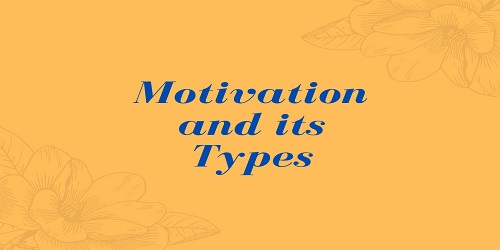
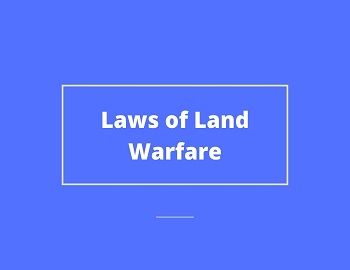

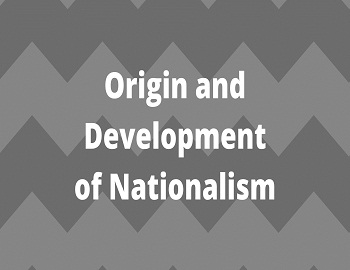
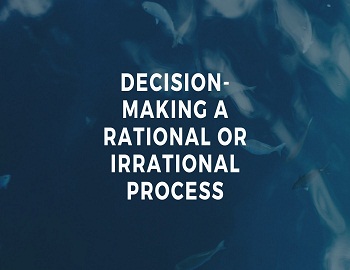

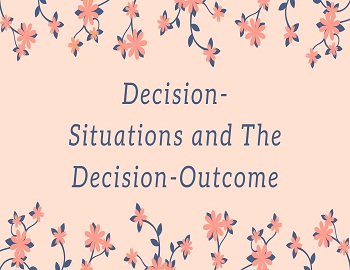
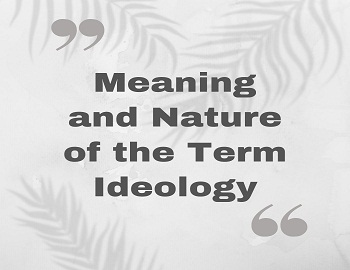

Comments (No)